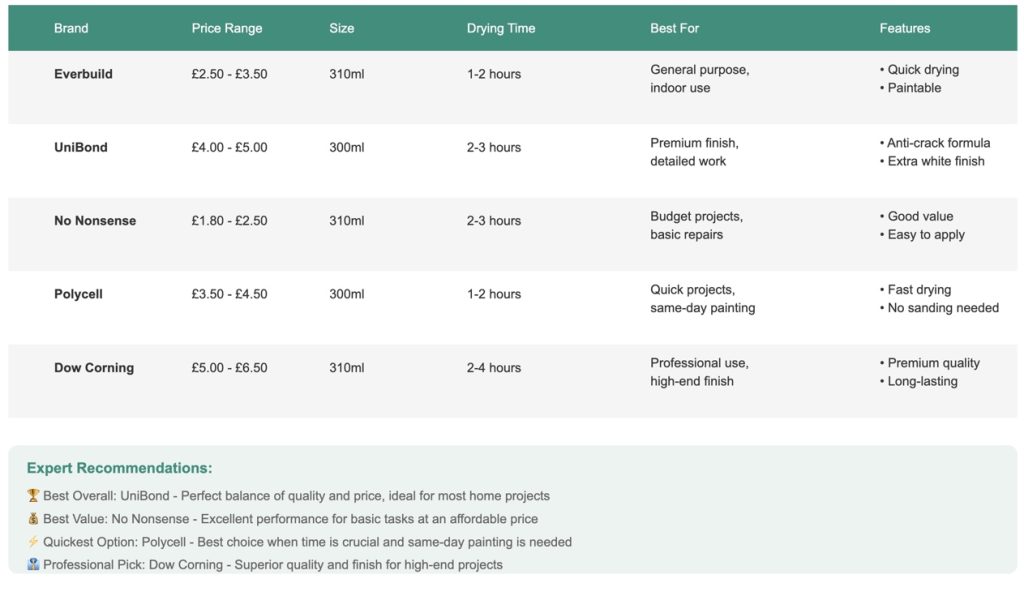Decorators caulk is one of the handiest things to have in a DIY tool kit.
It has loads of uses and makes the final preparation of loads of projects around the home much easier.
However, many DIYers don’t know what decorators caulk is and are often confused about how to use it. So, here are the ins and outs of decorator’s caulk.
This flexible acrylic filler is essential for the final stages of many DIY projects. It can be used to fill any cracks in skirting boards before painting, for example. It can also be used to fill in holes on wooden furniture prior to painting to ensure a seamless paint job.
Decorators caulk is typically applied with a caulking gun, but there are versions that allow you to spread with a putty knife or something similar. It is a must-have in a DIYer’s home, but how do you use it?
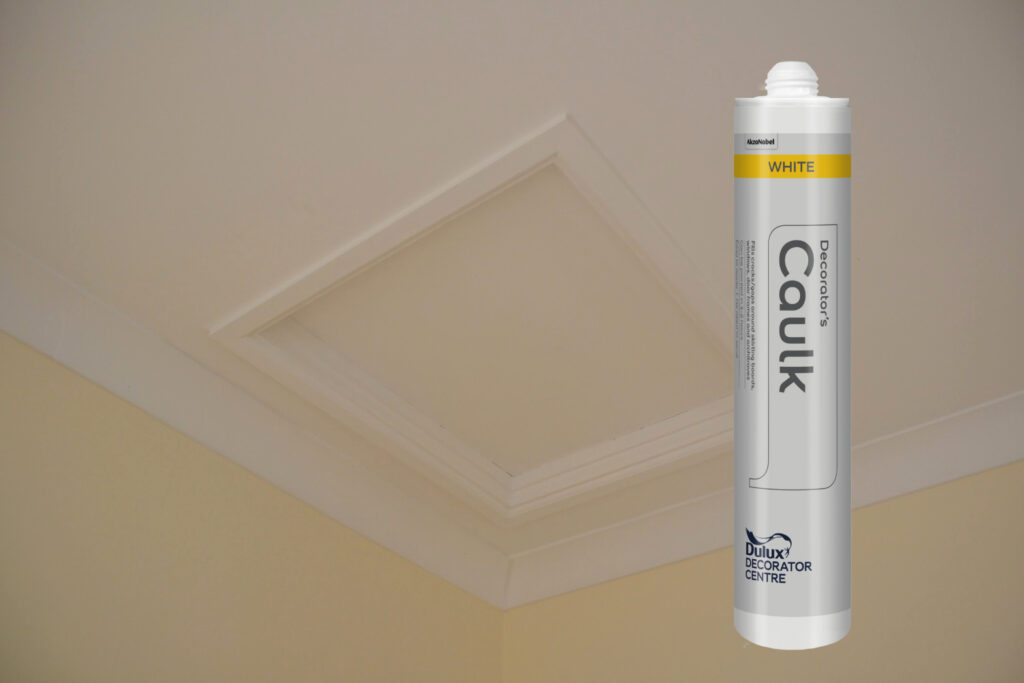
The easiest way to use a decorator’s caulk is with a caulking gun. Caulking guns are nice and cheap but offer a very controllable way of applying caulk.
Before applying caulk, you need to make sure the area is clean and dust-free. Then, apply a line of caulk along the area. You don’t need much caulk, and you can fill any gaps you missed after it has dried.
Go slowly and ensure the line of caulk is as even as possible, you can use masking tape for sharp edges. Then, wet your finger and run it along the line of caulk. Wetting your finger will mean the caulk won’t stick, and you’ll push the caulk into the gap for a seamless line.
Once the caulk is dry, you may notice that some of it have sunk into the gap. This is because the gap could be larger in some areas. If this is the case, just apply some more caulk. Again, just a small bead of caulk from the caulking gun is all you need. Wet your finger and run it along the caulk. Once it dries, you should be ready for paint.
The terms’ decorators caulk’, and ‘sealant’ are often used interchangeably, but they are not the same.
While decorator’s caulk is flexible when it dries, it isn’t as flexible as a sealant.

Sealant holds up much better in damp conditions (in the bathroom and kitchen, for example) and in any areas where a lot of expansion and contraction may take place.
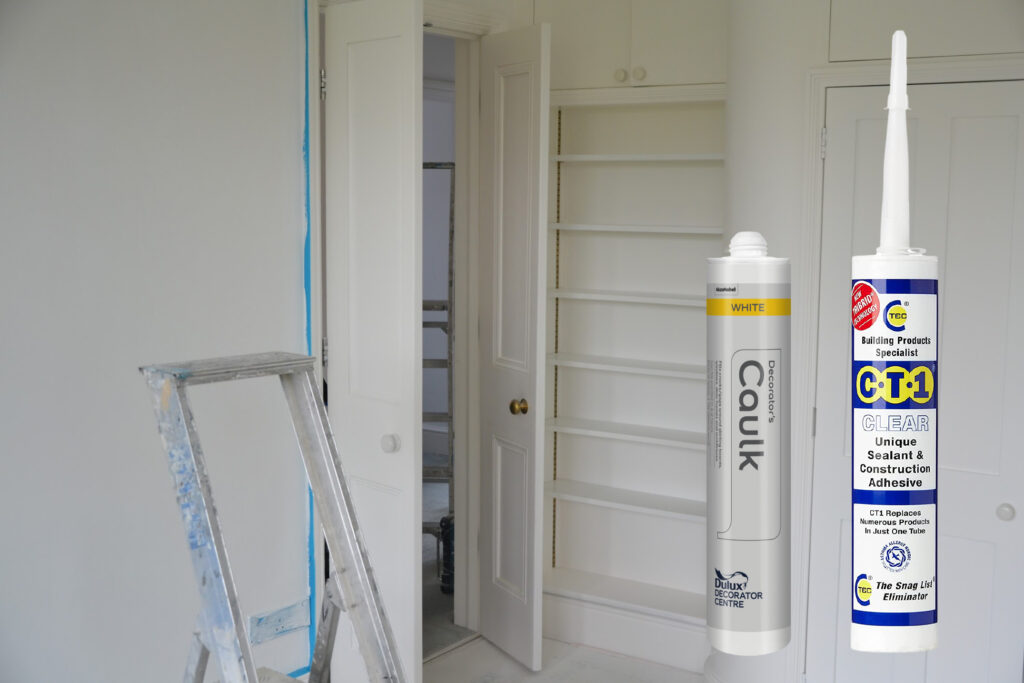
Caulk is designed to fill in gaps and be painted over for a nice finish where expansion and contraction will be minimal. If you’re using solid wood skirting, or you are tiling your bathroom, for example, the sealant should be used instead of caulk.
Decorators caulk has lots of uses around the home. One of the main uses is to fill the crack between skirting boards and the wall.
Where decorator’s is mostly used:

Many fitted furniture makers also use caulk when installing fitted furniture as it is perfect for filling in the small gaps between the furniture and the wall.
As caulk is flexible, it can fill the gap nicely and allow the wood to move with the seasons. It can also be painted, so you’ll never know it’s there.
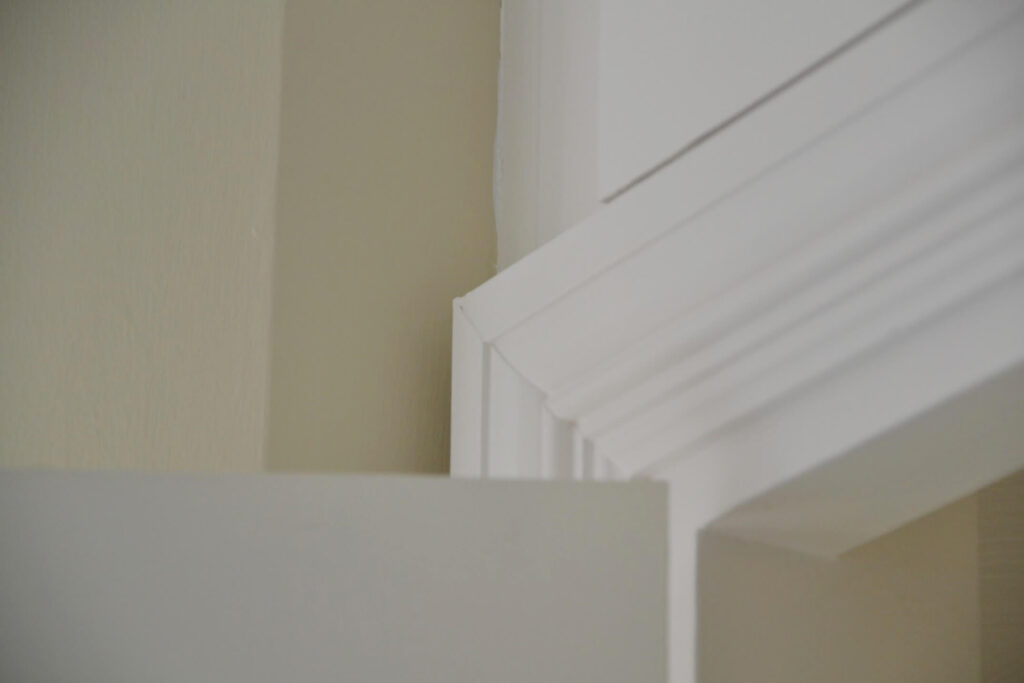
Caulk can be used to fill any small gaps between different surfaces around the home. However, if the gap is likely to experience moisture in the future (a gap in worktops in kitchens, for example), you should use sealant instead. Caulk is flexible but not as flexible as sealants, and it doesn’t respond as well to moisture.
Most caulk on the market states a drying time of 1-2 hours. However, if you aren’t in a rush, it is always worth giving caulk 24 hours to dry completely.
This longer time frame will allow the caulk to completely dry, but it will also allow you to see any larger gaps that you need to apply more caulk to.
Older caulk is likely to crack because it has dried out over the years and lost its flexibility.
If your caulking has cracked, though, you can apply caulk directly over the cracked caulk with no need to remove it. Just ensure the old caulk is clean and dry, and then you can just apply your fresh caulk over the top of it and fill in any cracks.
Decorator’s caulk can crack for a number of reasons. If the caulk hasn’t had enough time to dry before it is painted, it can crack after the paint dries. Caulk can also crack when too much is removed.
If there is a very thin bead of caulk left, it may not be enough to fill the crack. So, while it may look good at first, once the wood moves, the caulk is likely to crack because there is barely any of it filling the crack.
Most caulks state that they can be painted or sprayed over in 1-2 hours. However, if you aren’t in a rush, we’d give the caulk 24 hours to dry. This allows it to dry completely and really fill in the crack.
It will also allow you to refill any of the caulked areas that have sunk as they dry. You can absolutely paint over most caulks in a few hours, but for a more professional and cleaner outcome, give it 24 hours.
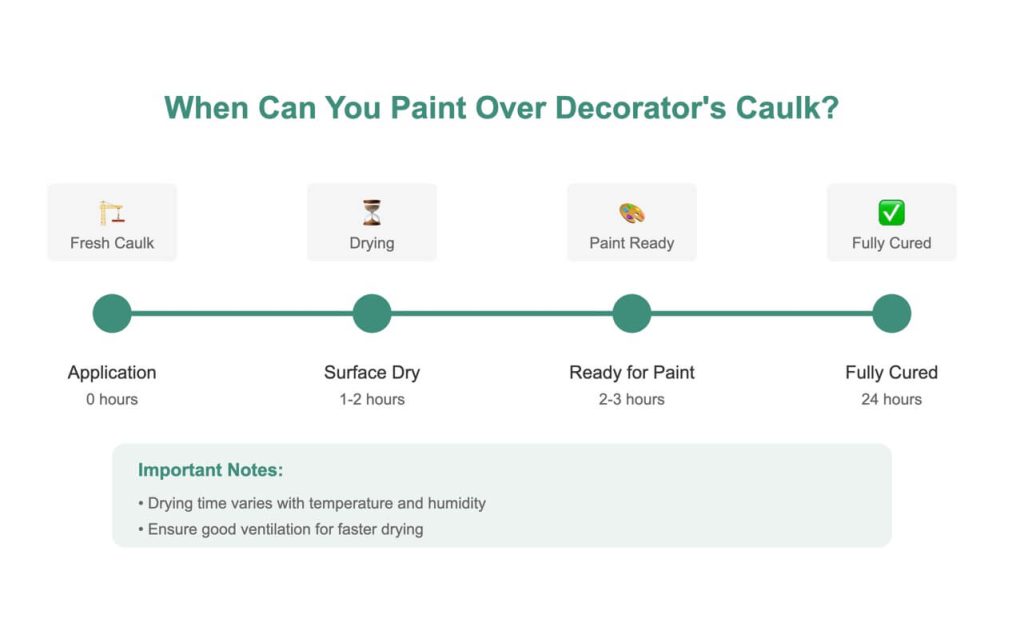
Caulk should be used before painting as painting the area will hide the caulk.
However, if it’s a new area that you are going to prime and then paint, you can use caulk after priming the area.
So, once you have repaired the area and cleaned any dust, you can caulk any cracks and gaps. Then once the caulk has dried, you can paint. Caulk adheres better to bare or primed surfaces, so it is always best to do it before painting.
We hope this look at decorators caulk has been helpful. Caulk is an extremely versatile gap filler that is a must-have for any DIYer. Don’t forget to check out Chameleon’s other decorating and painting tips if you’re decorating your home!
The table below compares some of the most popular options based on price, drying time, size, and key features, helping you select the ideal product for your needs.
From budget-friendly choices to premium options, this guide ensures you make an informed decision.
